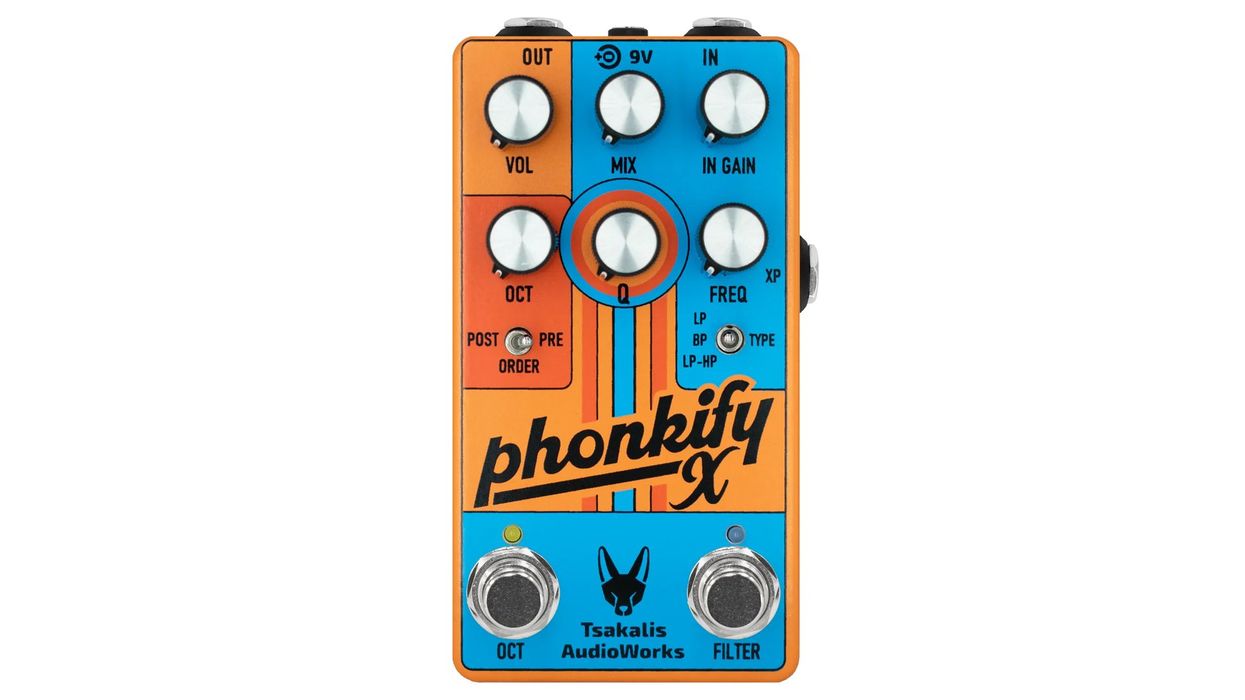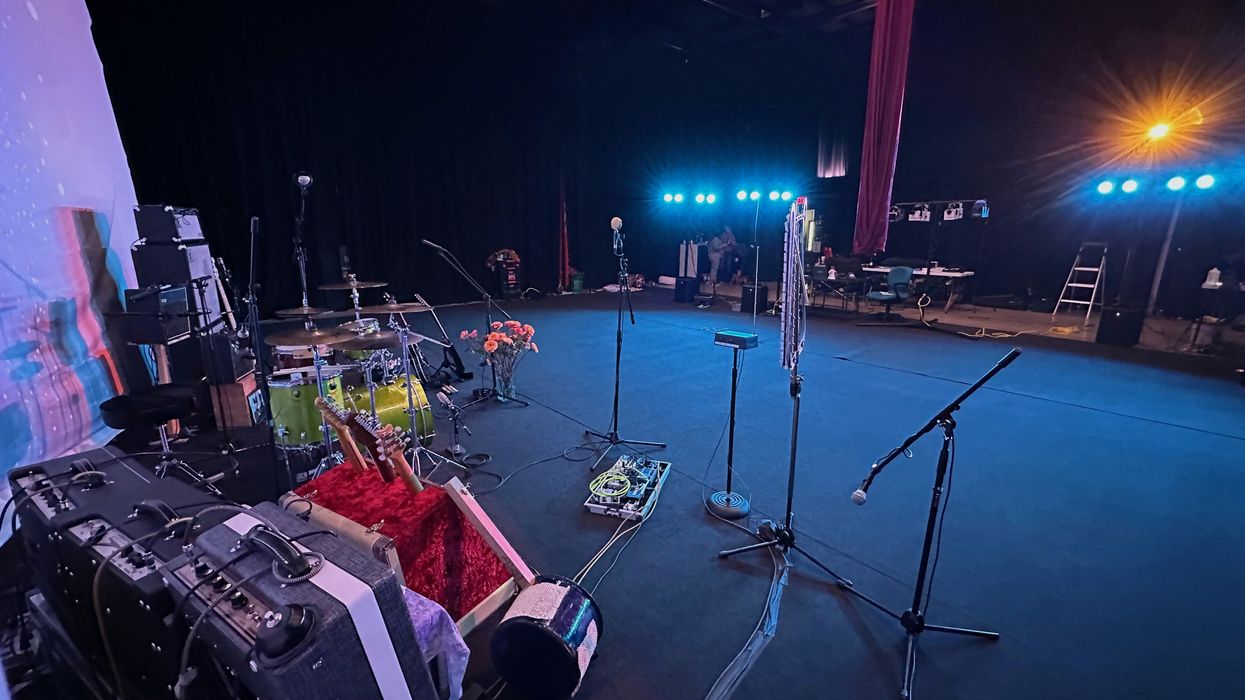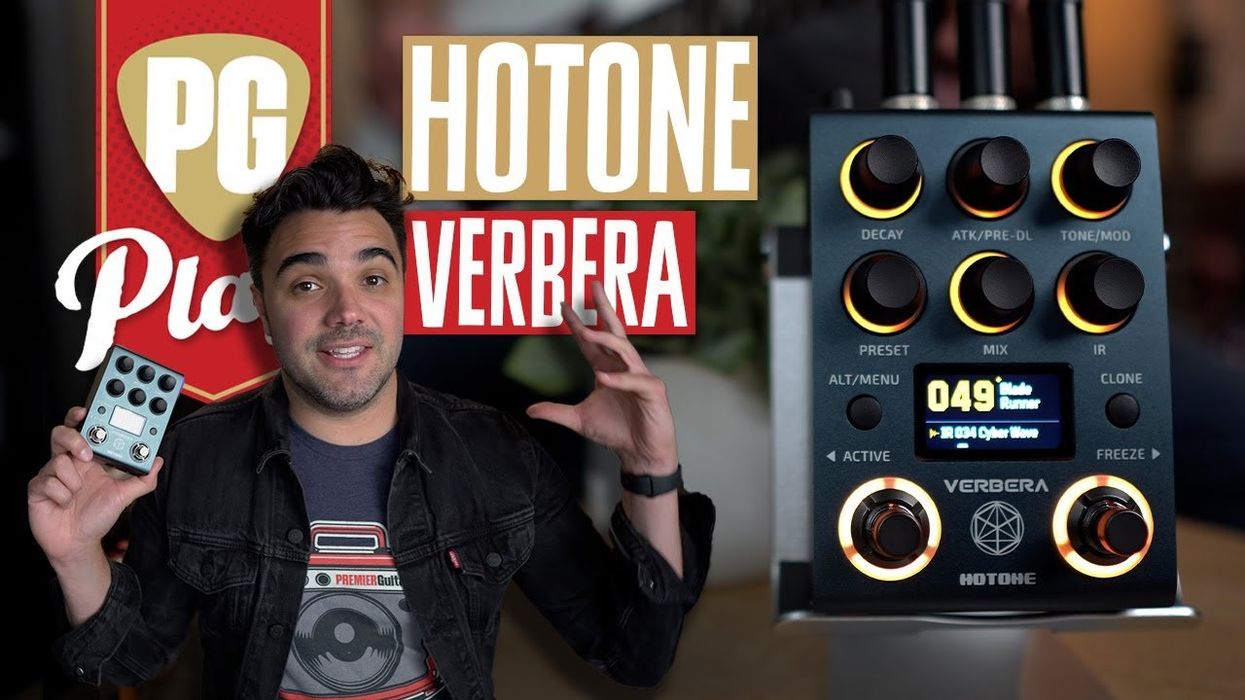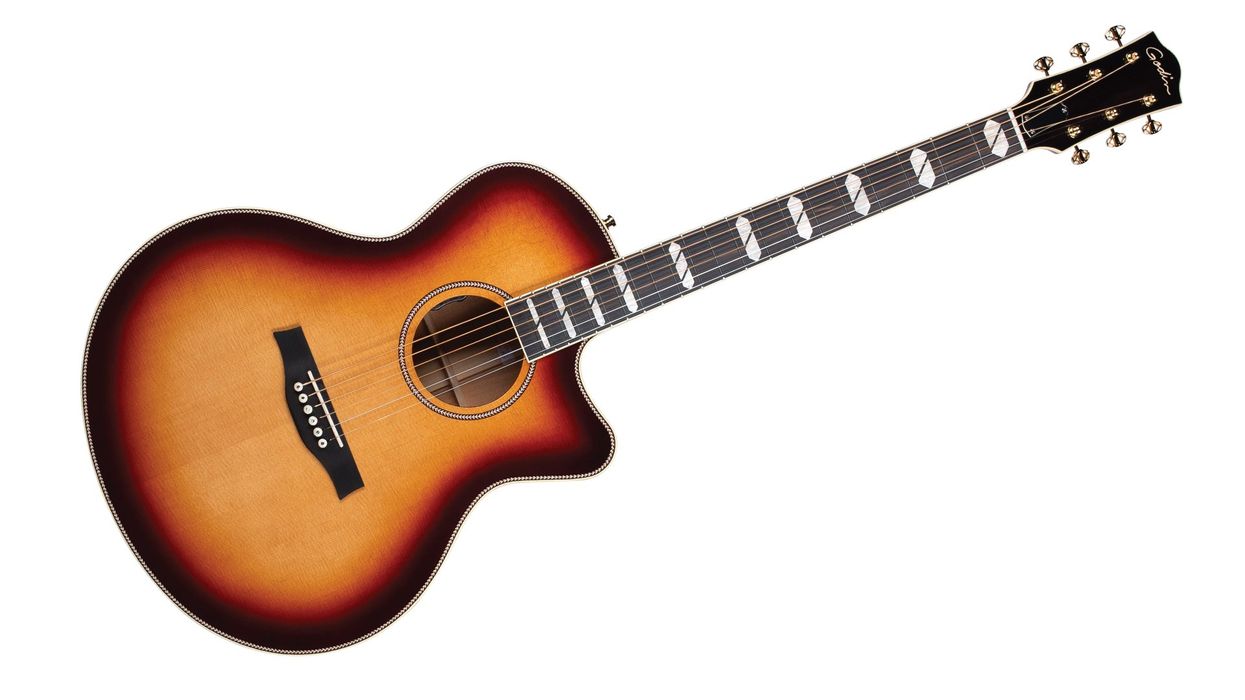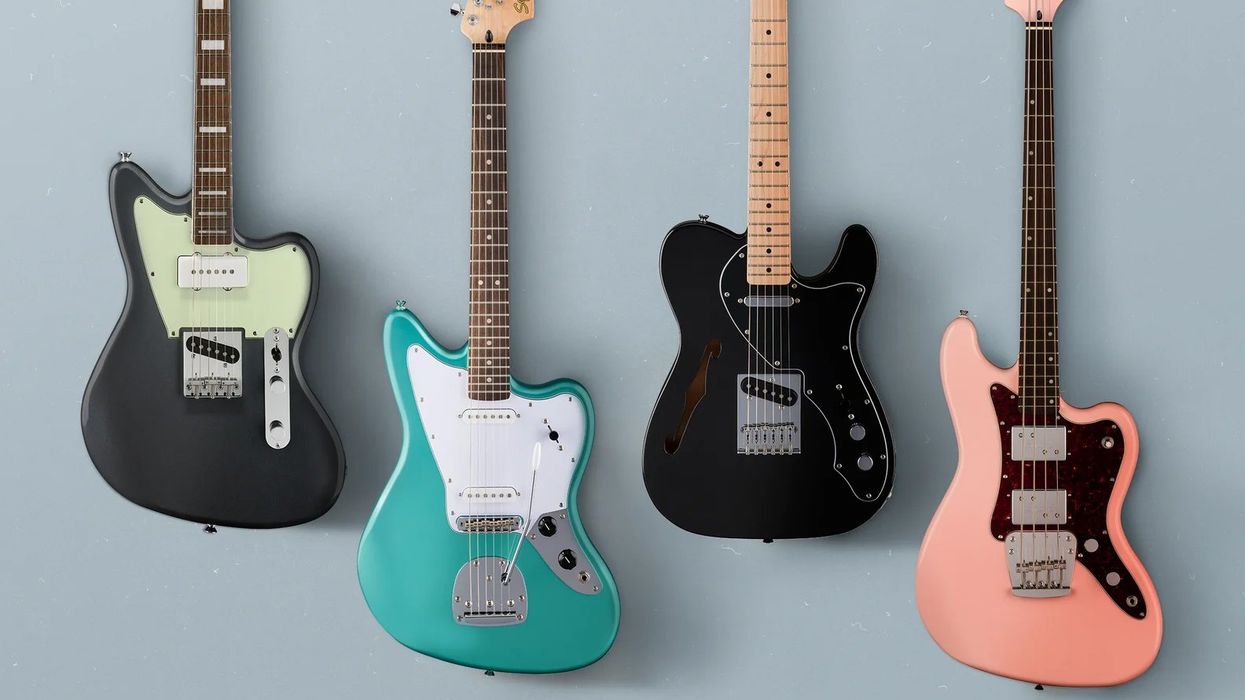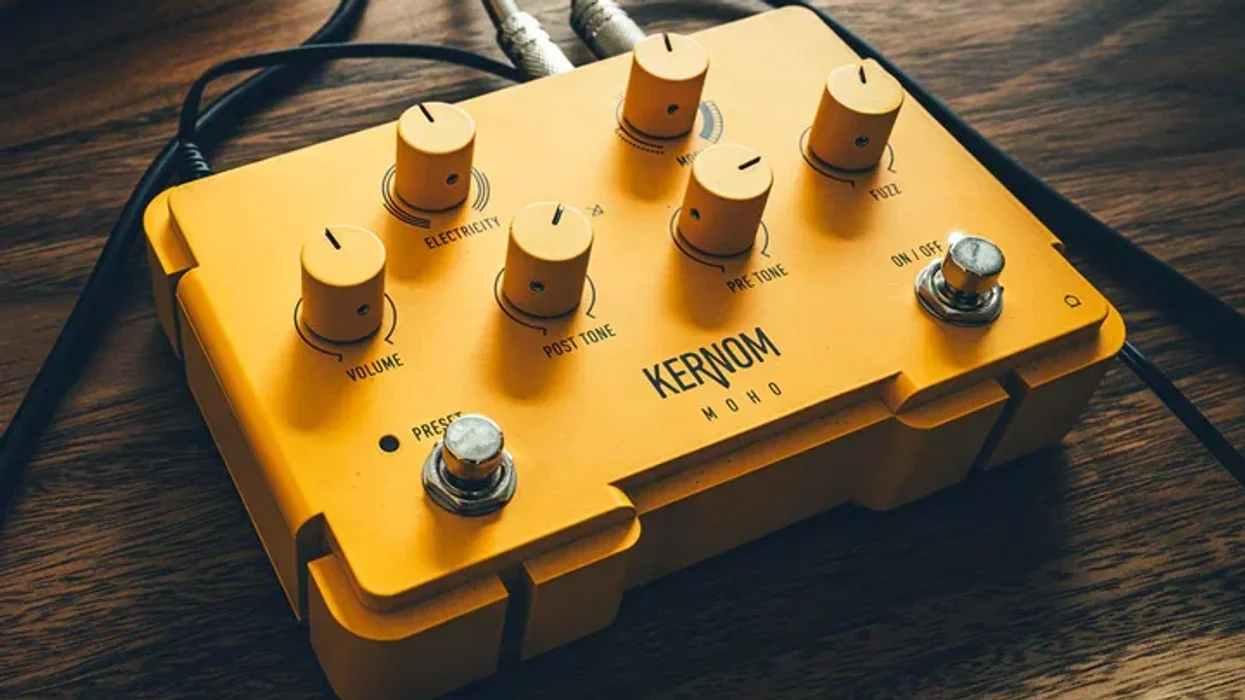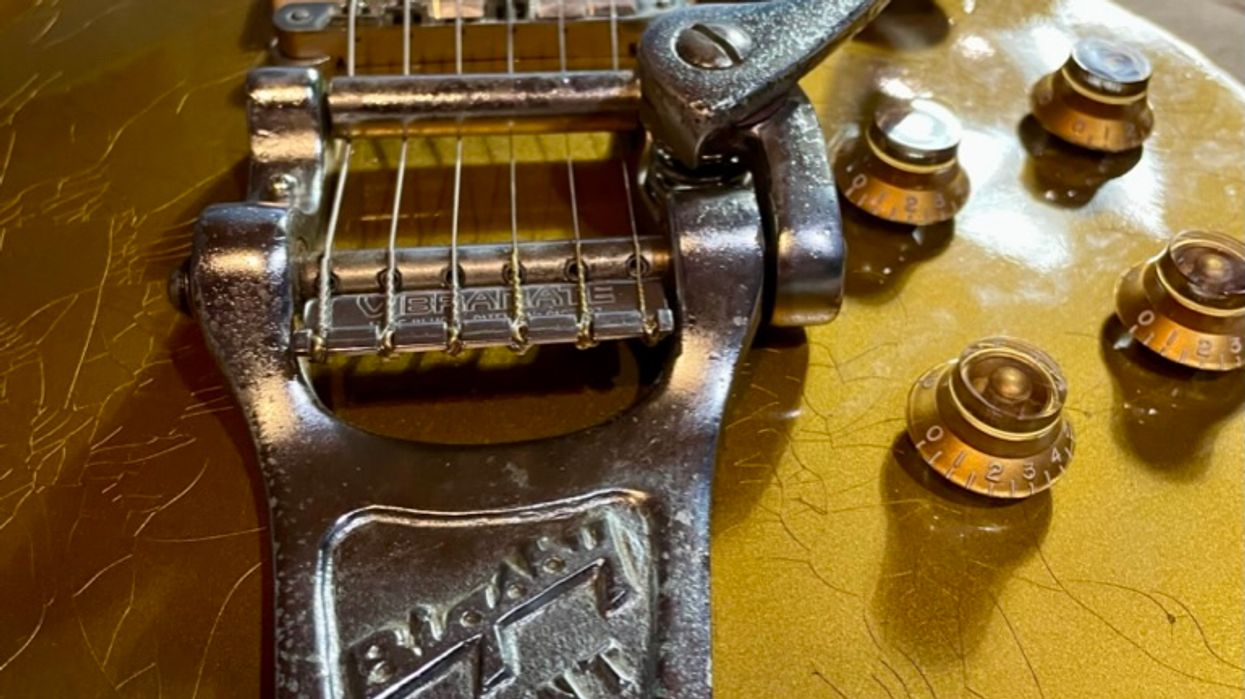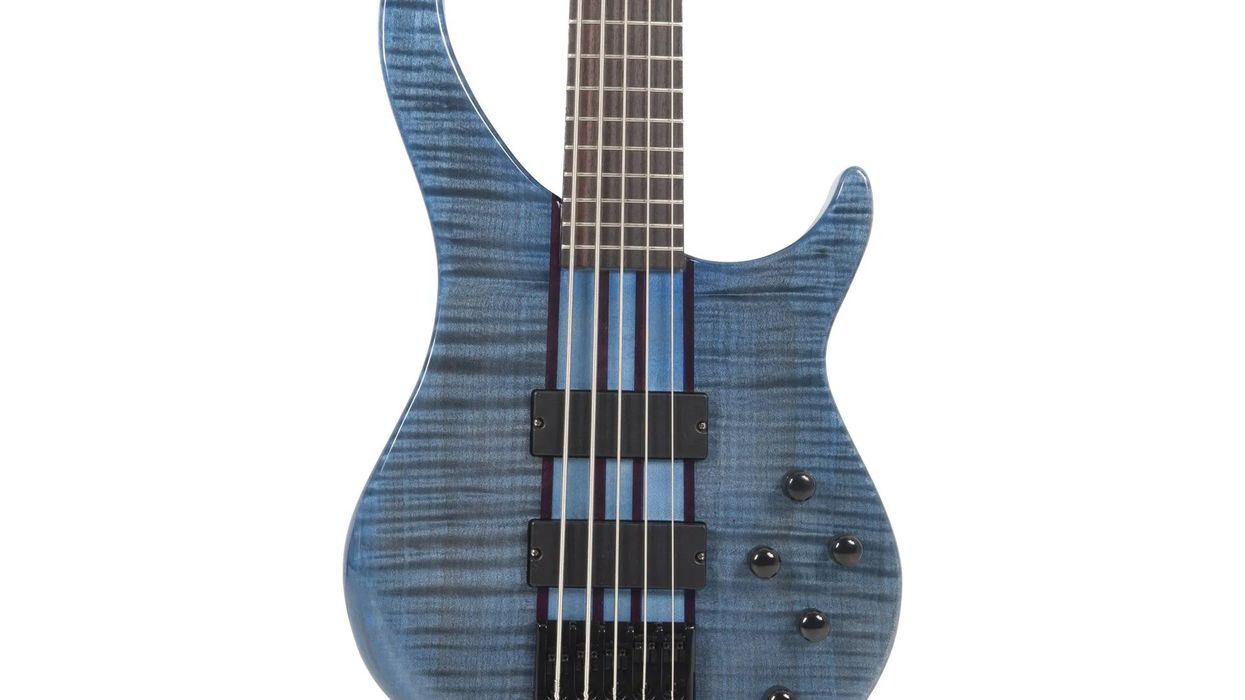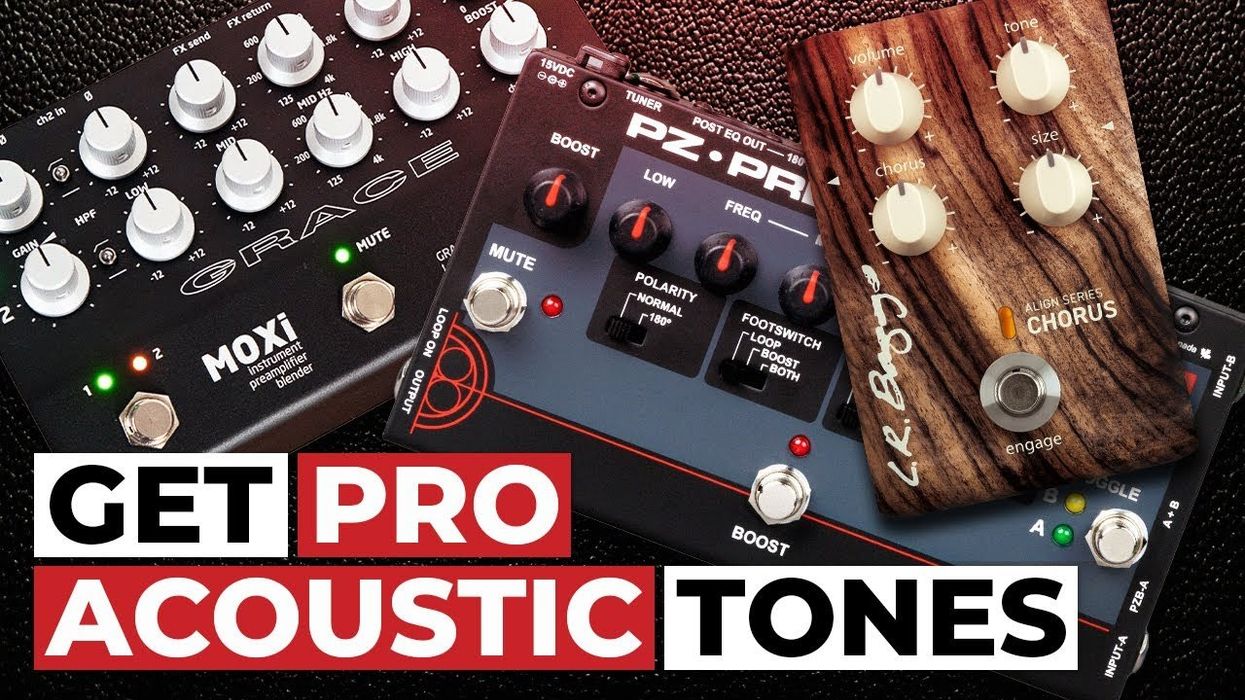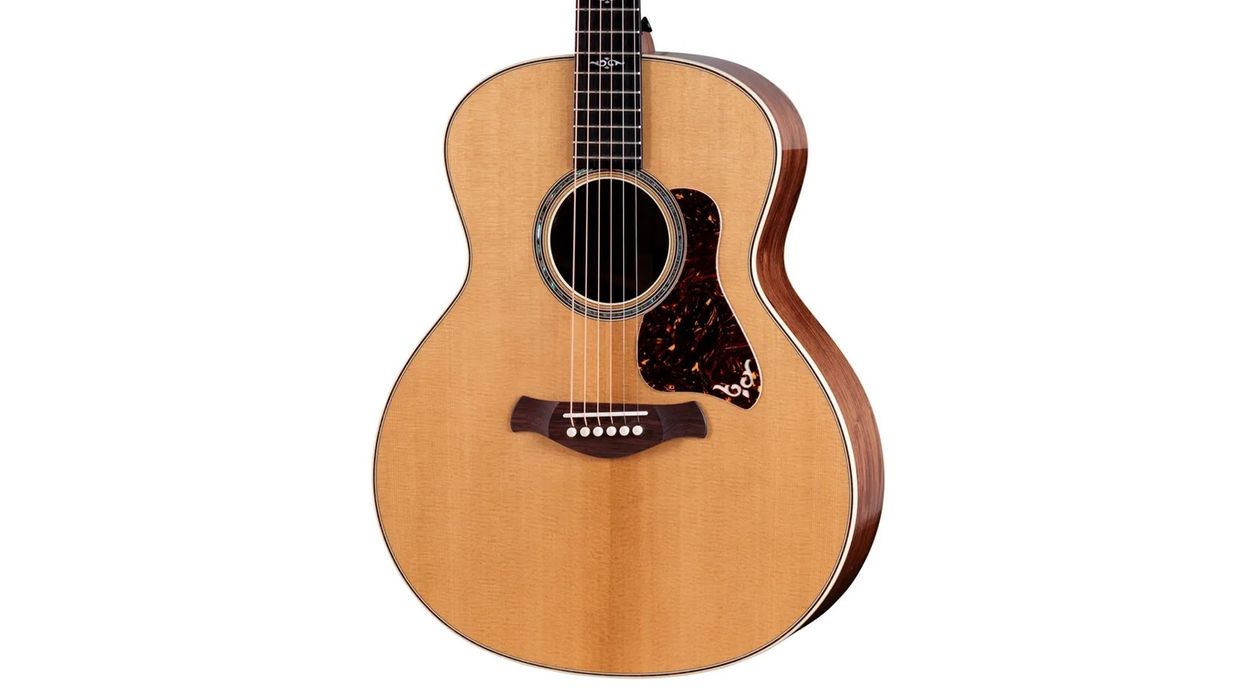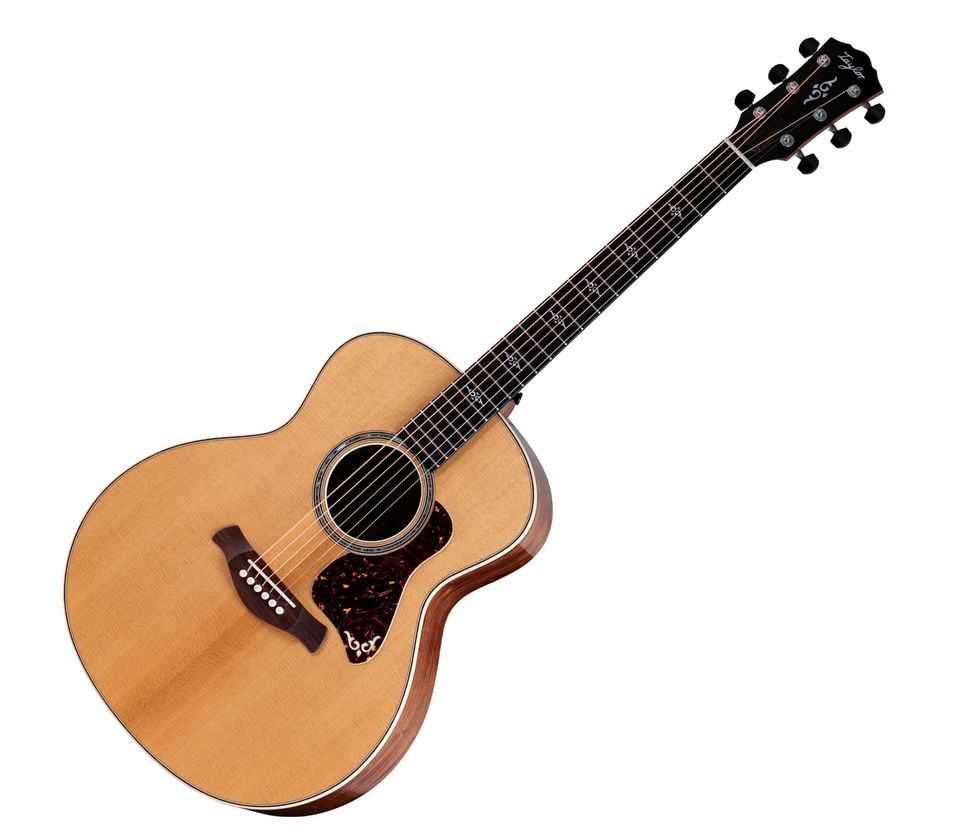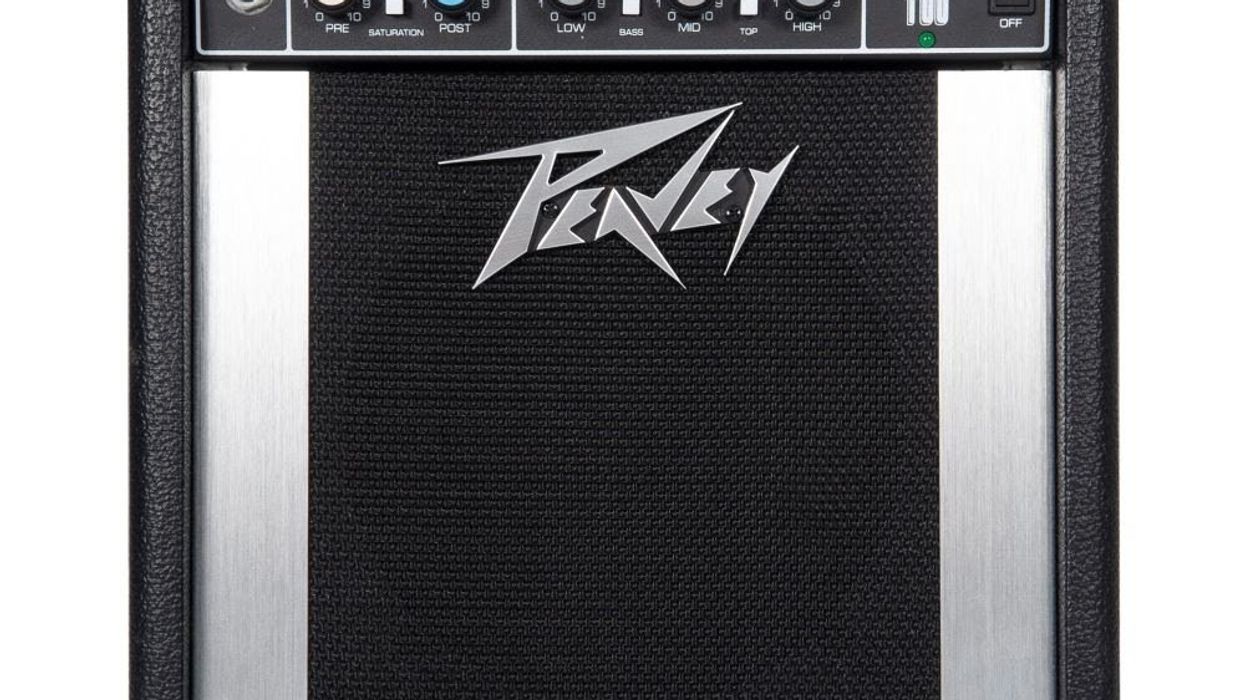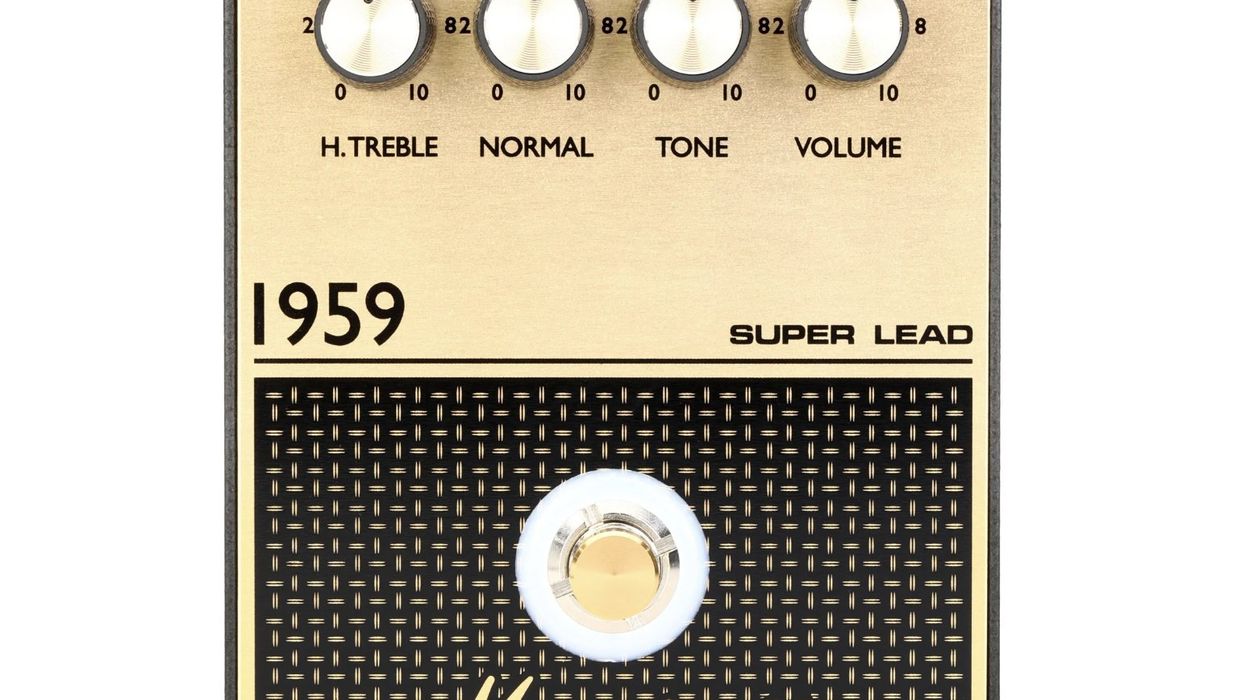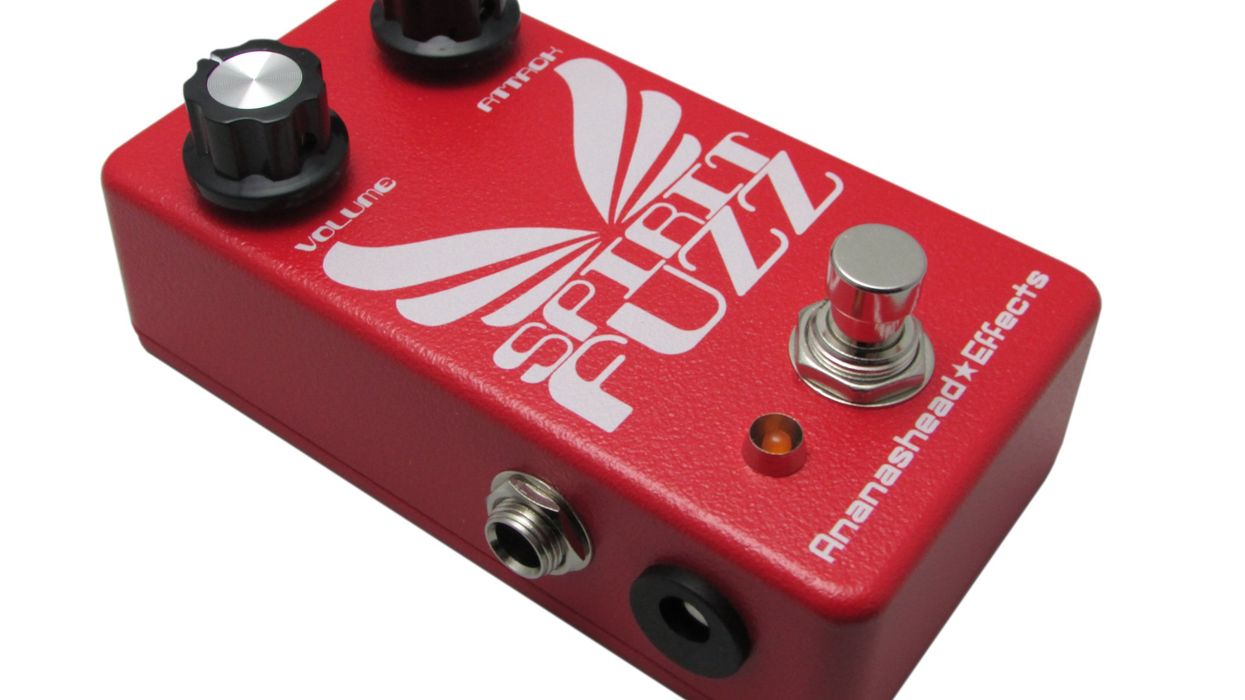Many players consider a 12-string an indulgence. In fact, that notion seems to be the raison d’être for the Taylor 150e, a guitar that the company designed as a guilt-free and affordable means to satisfy the occasional 12-string urge.
But the 150e is much more than just a serviceable 12-string that can serve in a pinch. It sounds rich and robust, it’s very playable and easy to record, and it makes a case that an acoustic 12-string isn’t only justifiable for the serious guitarist, but indispensable—especially at less than 700 bucks.
Flawless Economy
Though the 150e’s satin finish and the light hue of the layered sapele back and sides hint at a down-market instrument from 10' away, it is, somewhat paradoxically, close inspection that leaves you guessing about the price tag. The guitar is flawless—at every seam, at every joint and fret end, and in every last little nook and cranny where a less careful builder might stash an un-sanded bit of bracing or kerfing.
The layered sapele actually has a very handsome grain with a vaguely tiger-stripe pattern that almost shimmers in the light. The solid Sitka spruce top is comparatively plain. And the stark contrast between the pale spruce top, dark ebony bridge and fretboard, and the 1-ply black pickguard give the guitar a kind of two-dimensional look that you’ll either love or find lifeless, depending on your alignment with minimalist design.
Rigged to Ring Like a Mother
Some guitarists reflexively balk at acquiring an affordable 12-string, citing concerns about high action and poor intonation. There are no such issues in play with the 150e. In standard tuning, the guitar feels slinky and even just a bit rubbery and flexible under the fretting fingers. The 1 7/8" nut width gives the fretboard a spacious feel. Fretting a barre chord at the 9th fret doesn’t take much more effort than it does on a good 6-string. And overall, there’s a relaxed sensation to playing chords on the 150e that, depending on your experience with entry-level acoustic 12s, can be delightfully disorienting and counterintuitive.
Flatpicking and fingerstyle techniques both benefit from the spacious feel of the fretboard. Picking fast, articulate blues leads (or Roger McGuinn-styled lead abstractions, for that matter) feels unexpectedly natural and effortless. Fingerstyle picking-hand techniques also benefit from the string spacing and slinky feel—making everything from Elizabeth Cotton to Fahey and English folk feel smoother and a lot less clumsy.
Well-Mannered and Articulate
In standard tuning, the Taylor is a first-class strumming machine. As with any decent 12-string, 1st-position chords sound fat, alive, and absolutely twitching with overtones. The big dreadnought body is surprisingly responsive to a very light picking touch too. That said, you’re likely to be struck right away by a notable lack of oomph and boom in the low end.
Ratings
Pros:
Flawlessly built. Easy to play. Excellent harmonic balance. Rock-bottom price.
Cons:
Not a lot of low end for a dread.
Tones:
Playability:
Build/Design:
Value:
Street:
$749
Taylor 150e
taylorguitars.com
And this is not all bad. The mid to high-mid focus of the 150e makes it a breeze to record—especially if you use an acoustic 12-string to support a song rhythmically, à la Tom Petty or Jeff Lynne. And all things considered, sacrificing booming bass for balance and midrange emphasis is a trade-off most stage performers and sound engineers will happily make. It may, however, compel fingerstylists who rely on bass-heavy alternate tunings to look to a different guitar.
Despite the relatively quiet low-end output, the 150e excels in C and D-based alternate tunings. High-midrange tones drone and ring with crystalline presence and the warmth of autumnal afternoon sunshine. Overtones and harmonic details are abundant and clear. And even with a light fingerstyle touch, the Taylor feels animated across a wide harmonic spectrum, making it a superb partner for droning Celtic and Hindustani excursions and languid chordal harmonies.
Taylor’s Expression System electronics are a fine match for the 150e’s midrange-heavy voice. There isn’t a whole lot of dimension to the low-end response, but the system emphasizes mids without sounding brash (no mean feat) and the volume and tone controls are effective at taming more strident high-mids and softening undesirable string attack artifacts. Perhaps the only knock on the system is the odd-looking control set on the upper bout, though you can’t argue the effectiveness of the placement or the tactile response of the controls, which are both excellent.
The Verdict
Taylor’s 150e is a very thoughtfully executed instrument. Taylor’s designers rightly focused on the essentials—relatively easy playability, harmonic balance, forgiving, effective electronics, and positively seamless construction that would impress an obsessive aerospace engineer. The few concessions Taylor makes to keep the price low—the no-frills finish and layered back and sides—never crossed my mind while I played the guitar. The exception: the notion that a layered sapele back is a pretty good call if you want a recording guitar that zings in the midrange.
Sonically, the only thing that’s missing on the 150e is some of the low-end push and overall projection you’d expect from a dreadnought body. But for its hard-to-resist street price, the 150e’s balance, sonic warmth, and smooth, inviting playability are nothing short of remarkable.
Watch the Review Demo:




